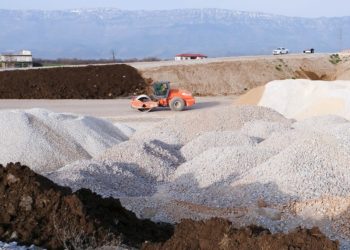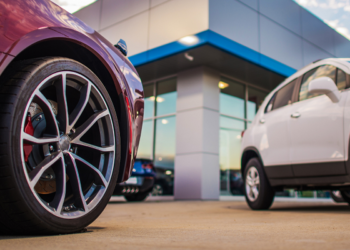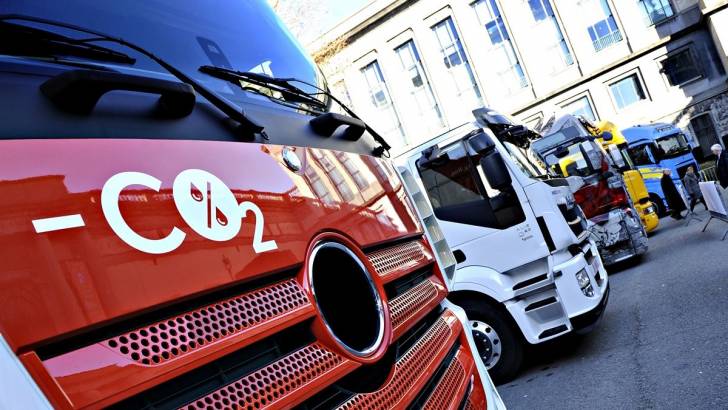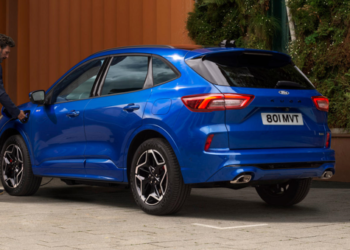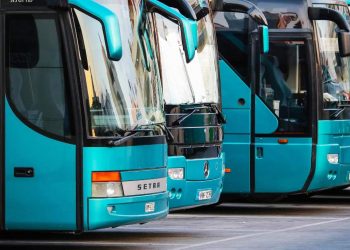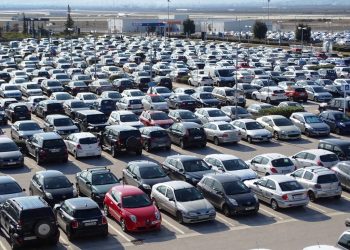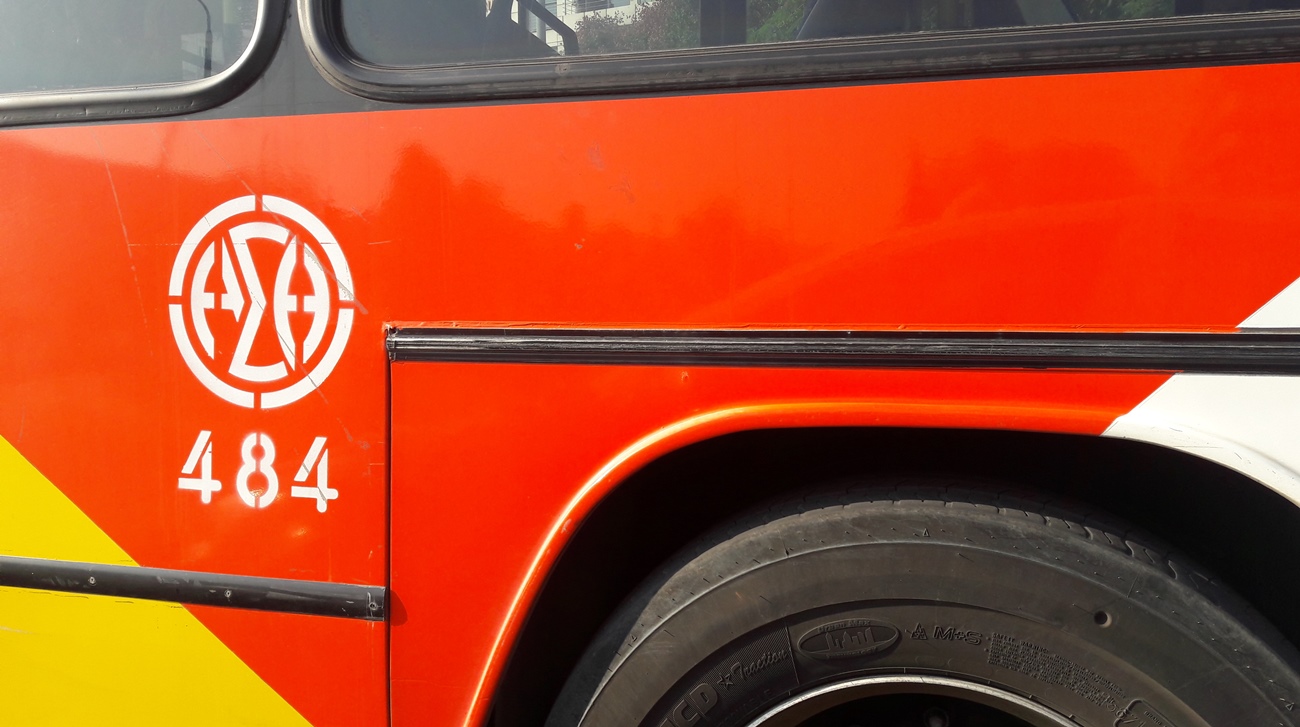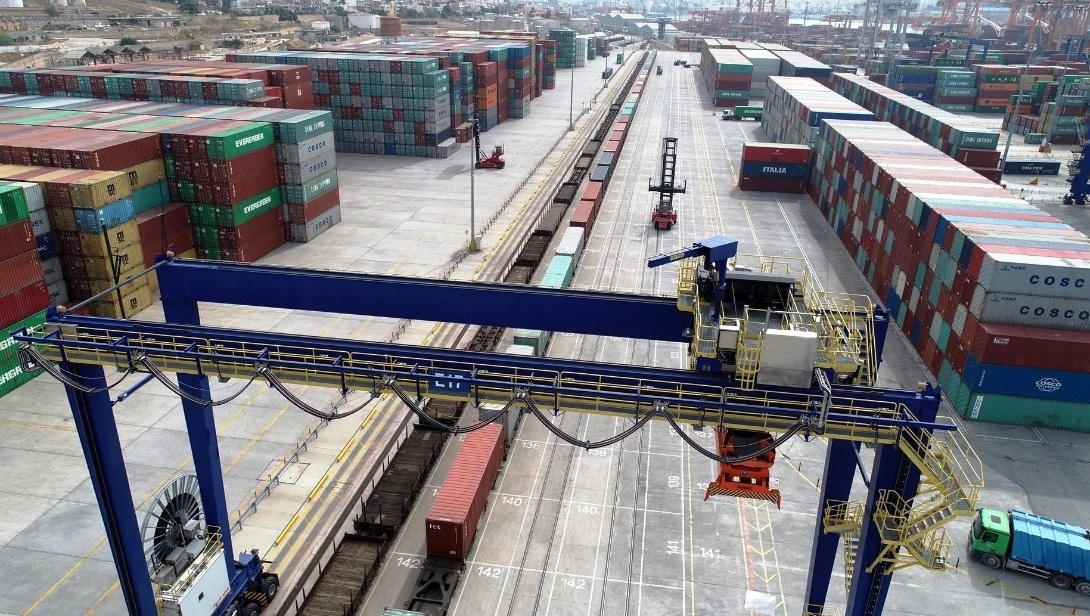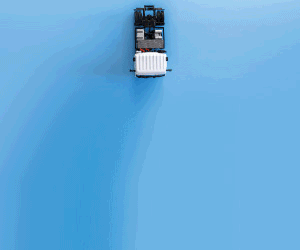The European Automobile Manufacturers’ Association (ACEA) welcomes Commission proposal to further improve vehicle safety, while stressing that some proposed measures will require further review to ensure a focus on the most effective solutions with the strongest positive outcome.
“ACEA members acknowledge the importance of including additional safety features in new car types,” stated ACEA Secretary General, Erik Jonnaert.
These include autonomous emergency braking (AEB) systems, which start braking manoeuvres automatically if a collision is imminent and the driver is not taking any action to avoid it, and lane departure warning (LDW) systems, which warn the driver if he leaves a marked lane without using his indicator.
At the same time, ACEA calls for synergies to be factored in to avoid solving the same problem twice. For instance, driver distraction accidents will already be reduced by autonomous emergency braking, lane departure warning as well as lane keeping assist systems (LKAS). Autonomous emergency braking will also prevent or reduce the severity of frontal and side crashes.
While recognising the need to address accidents caused by excessive speed, ACEA recommends a step-wise approach for introducing intelligent speed assistance (ISA) systems in cars. This should include developing and implementing effective solutions for providing reliable information to the vehicle, based on, for example, short-range communications.
Based on information from road-sign recognition cameras and GPS-linked speed limit databases, intelligent speed assistance systems can prevent drivers from exceeding speed limits. However, there are still many issues with infrastructure. Road signs are not harmonised across Europe and information on speed limits is not reliable enough. Digital maps are also not fully populated with speed limit information for all roads, and data are not always updated. Camera-based systems simply cannot anticipate all scenarios, such as when traffic signs are covered.
“Vehicle technology is just one piece of the complex safety puzzle,” said Mr Jonnaert. “If we are to make progress on the Commission’s new objective of reducing fatalities and serious injuries by half between 2020 and 2030, we need put more emphasis on an integrated road safety strategy. This is the only way to ensure that safe vehicles are driven by safe drivers on safe roads.”
Hence, ACEA welcomes that the Commission yesterday also published updated rules on road infrastructure safety, as well as a strategy for automated driving.



